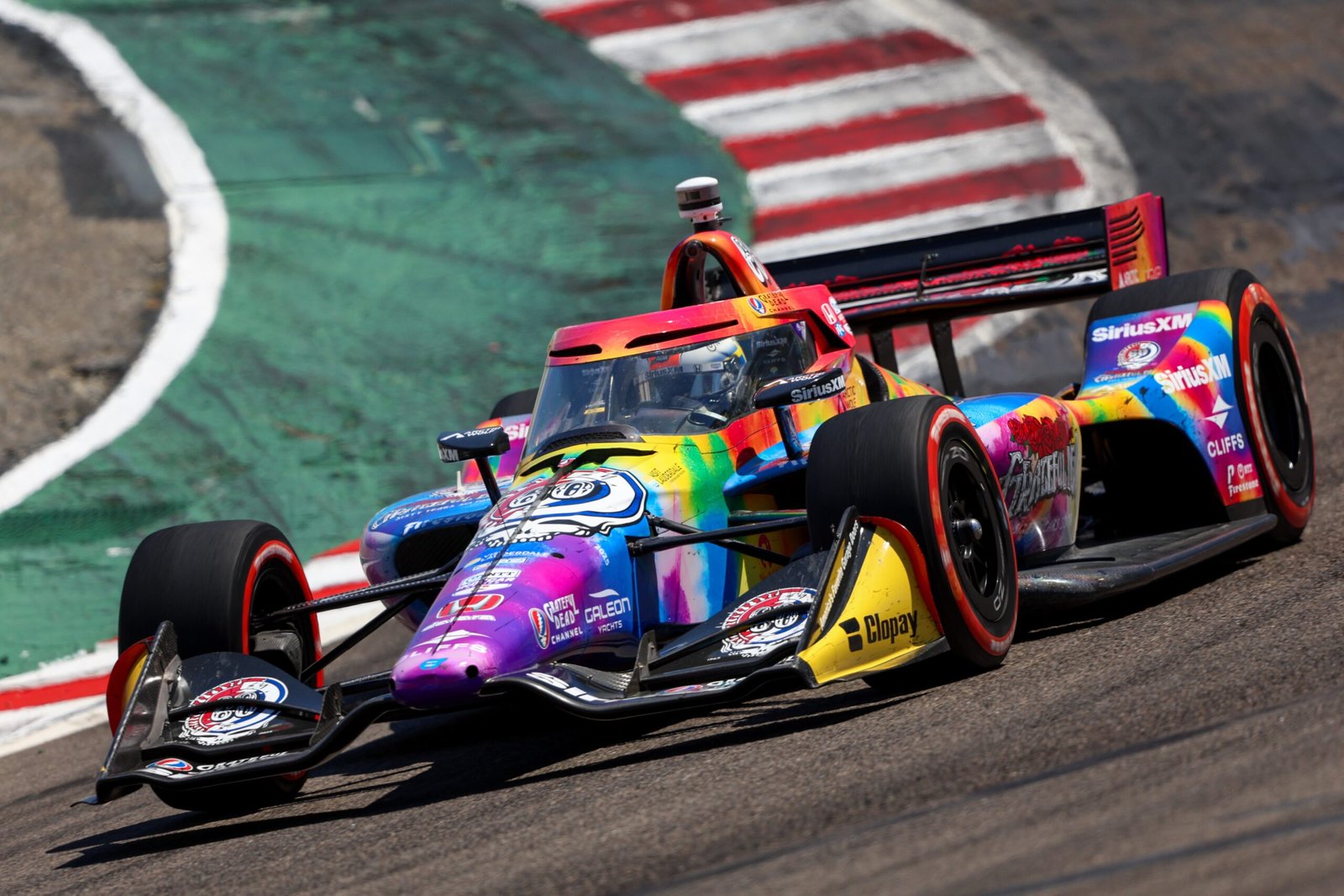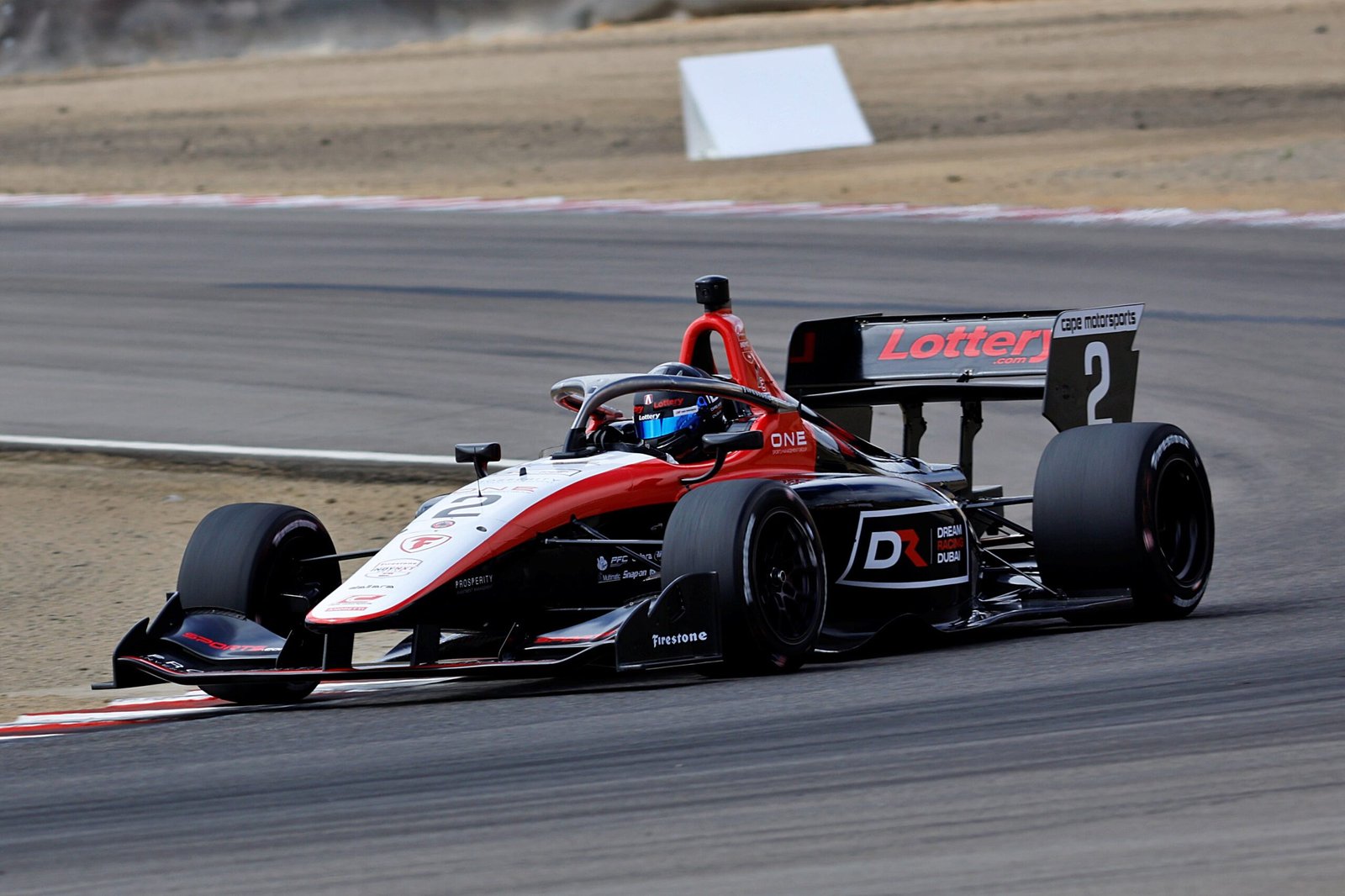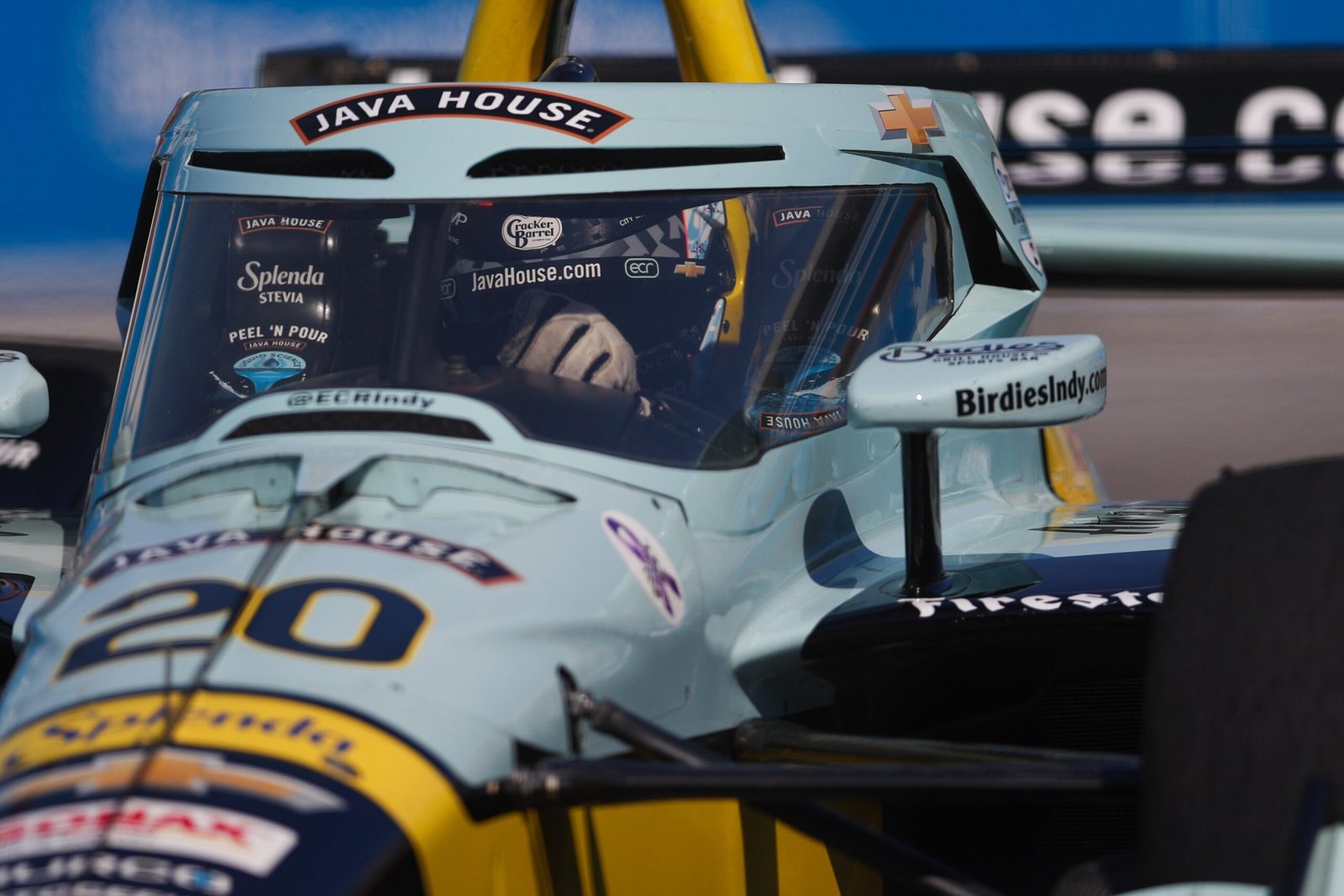Three Keys to Victory Lane at the Sonsio Grand Prix
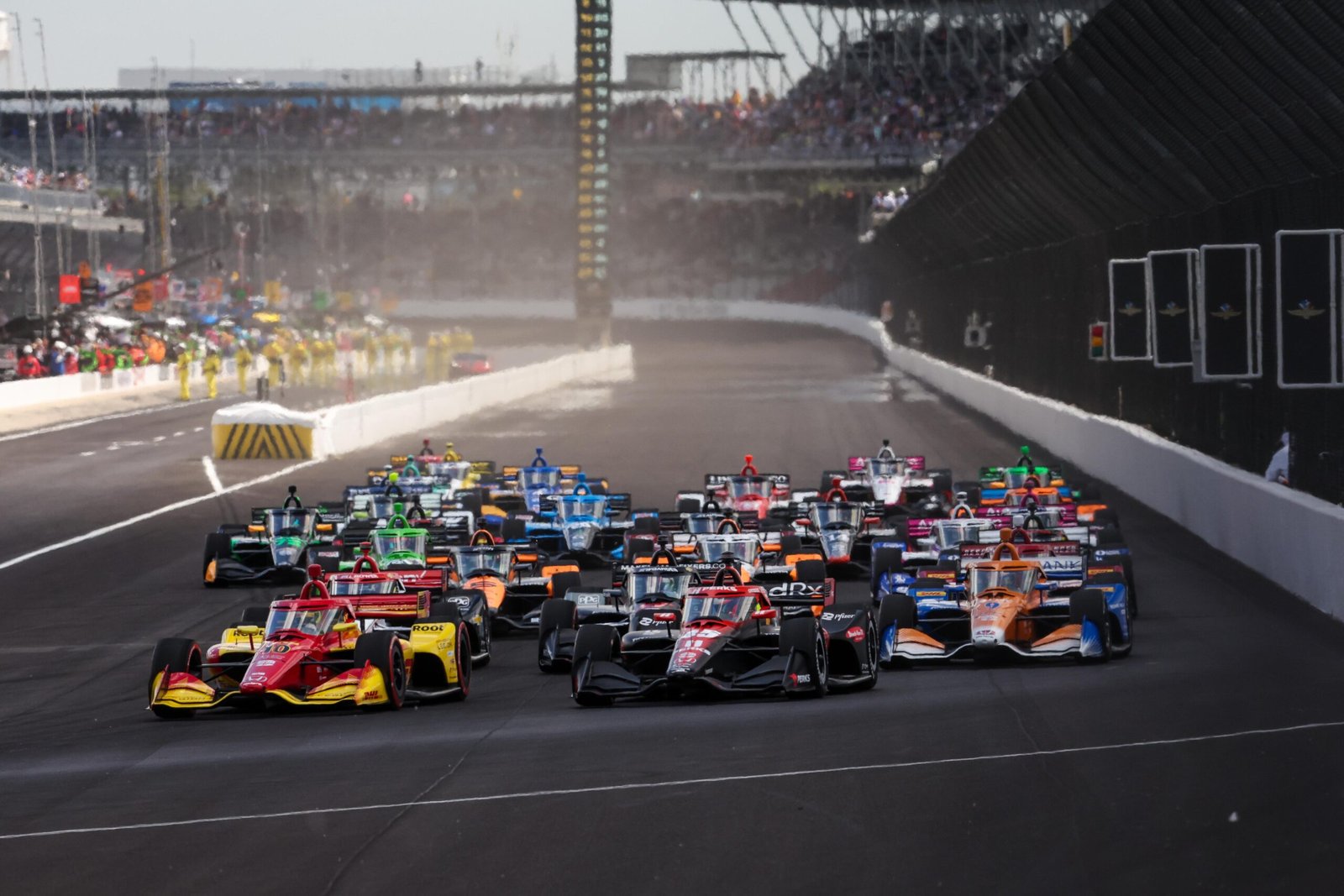
The month of May is a favorite time of year for IndyCar drivers and fans alike—and for good reason. The Indianapolis 500 on Memorial Day weekend is the sport’s crown jewel. However, two weeks before that historic race comes the Sonsio Grand Prix at the Indianapolis Motor Speedway Road Course—an event often overshadowed by the 500’s prestige, but one that is critically important in its own right.
This year, the Grand Prix holds even more weight. Drivers are looking to close the gap on Alex Palou, who already holds a commanding lead in the championship standings. For drivers like Josef Newgarden, a two-time Indy 500 winner and two-time series champion, the pressure is on. He currently sits 118 points behind Palou—a margin of more than two full race wins. Colton Herta who finished second in the championship last year and is another former winner at the IMS Road Course, also finds himself trailing by 97 points.
With so much on the line, no one can afford to treat this weekend lightly. Here are three keys that could determine who finds themselves in Victory Lane:
1. Tire Strategy
Tire strategy, tire strategy, and—just to emphasize—tire strategy!
For the first time in NTT IndyCar Series history, drivers will be required to complete two separate stints on both tire compounds during the race. This is a major change from past rules, which only required one stint on each compound. The other new rule however is that the two stints do not have to be on slick new tires, they can be on used unlike before where 1 stint had to be on new tires for each compound. Compounding this challenge is a revised tire allocation: five sets of the primary (black sidewall) tires and four sets of the alternate (red sidewall) tires.
Teams must also manage usage across the weekend. One set of alternate tires is designated for Practice 1 and then returned, only to be used again in the warmup. Qualifying introduces even more complexity—teams are forced to choose between saving tires and maximizing qualifying performance.
Drivers eliminated in Round 1 of qualifying will enter the race with two fresh sets of red tires. Those advancing to Round 2 may find themselves short on fresh alternates, depending on their decisions. It’s a high-stakes gamble: do you push for a better grid position or conserve tires for race day?
Strategists are entering uncharted territory with this rule set. There’s no playbook here—only best guesses. Expect a wide variety of strategies and plenty of red-vs.-black tire battles throughout the field. Mid-pack drivers may take risks and run unconventional strategies in hopes of leapfrogging the leaders.
In a race already known for being tire-sensitive and favoring red tires in a big way, the added rules and unknowns make tire strategy the most important factor in the quest for victory.

2. Qualifying Position
Yes, qualifying is always important—but at the IMS Road Course, it’s crucial, especially in a year filled with strategic unknowns.
Since 2020, 8 of the last 10 winners at this venue have started inside the top 10. Only two active drivers—Scott Dixon (2023) and Colton Herta (2022)—have won from outside the top 10, and both did so under extraordinary circumstances. Dixon pulled off a strategy masterclass, while Herta triumphed in a wild, rain-soaked race.
Another factor: this season has been remarkably clean. Since the first lap of the season opener in St. Petersburg, there hasn’t been a single full-course yellow. If that trend continues, expect green-flag conditions from start to finish—which only increases the value of qualifying up front.
Why? Because without restarts, the field quickly spreads out. Overtaking becomes harder, and drivers in the back must rely on alternate strategies rather than pure pace to move up the order. In contrast, those starting near the front have a far better chance to control their race and maintain track position.
Sure, some drivers will still make it work from the back—there are always a few—but qualifying in the top 10 will provide a significant advantage in a race where tire strategy, pace, and clean air could determine the outcome.
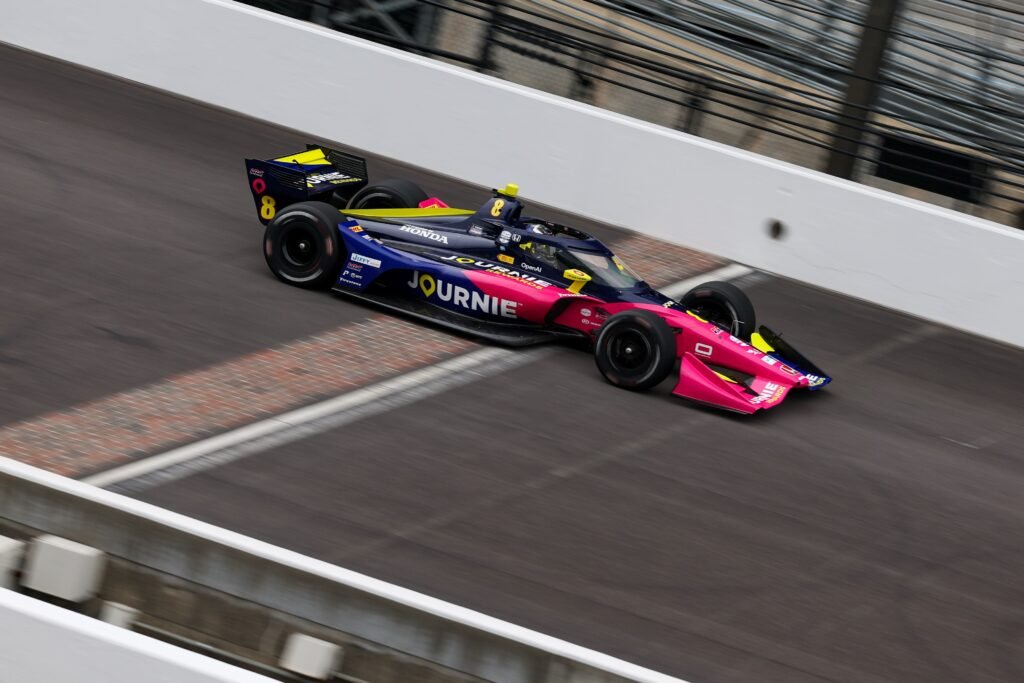
3. Track Evolution & Temperature Management
While weather looks stable for race weekend—clear skies and no rain in the forecast—the IMS Road Course still presents challenges in how the track evolves throughout each session. The rubber laid down during practice and qualifying will significantly impact grip levels by race time. With Indy NXT also running throughout the weekend, the track can change rapidly between sessions, forcing teams to constantly adapt setups and tire expectations.
Track temperature will also play a major role in tire performance. The harder primary (black) compound and softer alternate (red) compound respond very differently to surface temps. For example, warmer track conditions can cause the reds to degrade quickly, while cooler track temps may help extend their performance window. Teams that accurately predict how the track will grip up—and how their tire choices will behave over a stint—can make smarter strategic decisions.
Additionally, since the IMS Road Course features a mix of high-speed straights and low-speed technical corners, some parts of the track rubber in faster than others. That inconsistency can throw off balance and tire wear if teams aren’t paying close attention.
Drivers who can adjust their braking points and throttle application as the grip levels change—especially late in a stint—will gain precious tenths per lap. In a series as tight as IndyCar, that could mean the difference between a podium and mid-pack.
The Sonsio Grand Prix may sit in the shadow of the Indy 500, but it plays a crucial role in shaping the IndyCar championship, especially for contenders chasing Alex Palou. With a new double-compound tire rule in play, teams will be juggling strategy more than ever. Qualifying near the front remains critical, especially with the series’ recent trend of caution-free races that limit overtaking chances. With consistent weather and evolving track conditions, understanding how grip and tire performance changes over the weekend could be the difference between winning and watching from mid-pack. All eyes will be on who can master these three keys and make their way to Victory Lane.
written by Drew Allison / Media Credit: Penske Entertainment

